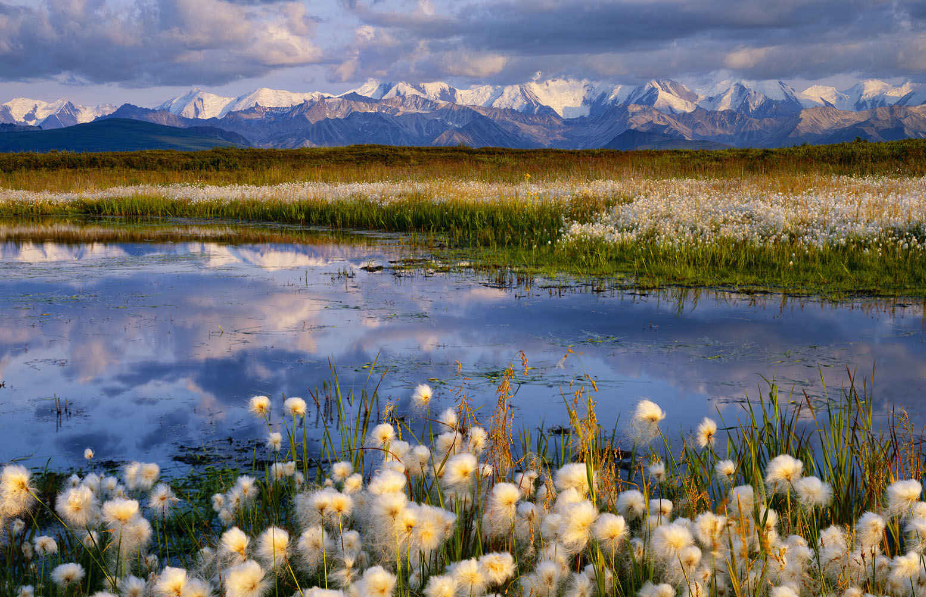
(Carnot)
Kano is a historical city in Nigeria, located in the northern part of the border, located on the plateau of the upper reaches of the Haddeja River, where the West African camel caravan across the Sahara desert trade traffic fortress, known as the "desert port", is now a major industrial and commercial town and cultural, transportation center in northern Nigeria.
There are many places of interest in the city, the climate is cool and pleasant, flowers and trees contend, every dry season, tourists have come to this summer tour. The mud wall of the old city of Kano, in an irregular oval shape, is 24 kilometers long, about 4 meters high, with 14 gates, so far basically preserved.
There are many places of interest in the city, located in the central position of the old city, the Emir's palace, covers a vast area, magnificent architecture, simple appearance, luxurious interior, is the most famous ancient building in Kano. Every major Islamic festival, the emir (also known as the king or chief) dressed in colorful national costumes, surrounded by horses and guards holding ancient weapons to attend an assembly or parade, a huge lineup, majestic, mighty, attracting the attention of all.
The central mosque spire is towering, the prayer hall inside the temple is spacious and gorgeous, the square in front of the temple is very large, the whole building is dark yellow, the temple inside and outside the temple can accommodate more than 100,000 people worship at the same time, is the most majestic building in the old city.
Kumir Market is one of the oldest markets in Africa, a stop for camel caravans entering and leaving the Sahara Desert from the early 16th century, and one of the important trading places between the Atlantic and the Nile. The whole old town is divided into 100 neighbourhoods, each with a mosque and a traditional market.(Freetown)
People who travel to Freetown have to go to see a huge kapok tree in the city center, which stands at the intersection of the city center, more than 30 meters high, more than ten hugs thick, although more than 500 years old, still strong and upright, lush leaves, full of vitality. The kapok tree, a symbol of Freetown, is featured on Sierra Leone's banknotes and is often the subject of essay contests for primary school students: "Me and the Kapok Tree."
It is said that under this ancient tree, it was once a place where Western colonists gathered "black slaves" when they sold black people. It has become a place for the people of Sierra Leone to sing and dance during festivals. On the north side of this big tree, there is a "kapok Tree Building", which is the National History Museum.
The presidential Palace is also near the Kapok tree and is a European-style building. Freetown's climate is mild, the annual temperature is generally between 24 and 32 degrees Celsius, so the green trees and flowers are in full bloom all year round, and it is a garden hill city in West Africa.
(Freetown port)
The West African Commercial Port of Sierra Leone is located on the northern shore of the Sierra Leone Peninsula on the west coast of the country, 70 nautical miles from the port of Conakry in the northwest and 250 nautical miles from Monrovia in the southeast.
There are railways from the docks to important towns such as the inland city of Penden. The port has 7 berths, connected from east to west, with A water depth of 9.4~10.2 meters. Berth No. 1 is used for bulk grain, berth No. 1 is used for oil (oil depot in the rear), berth No.2 ~4 is used for groceries, and berth No. 5~6 is used for containers.
There are many anchorage berths in the harbor. As the Sierra Leone Peninsula protrudes to the northwest, natural bays form between it and the land coast.
(The Saloum River Delta)
The Salloum Delta, Senegal's newest World Heritage Site addition, is located between the branches of three rivers and consists of brackish water channels surrounding more than 200 islands, mangroves, Atlantic Marine environments and dry forests.
(Juja National Bird Sanctuary)
Juja National Bird Reserve is located in the northwest corner of Senegal near the border with Mauritania in the delta of the Senegal river, the core protected area of 160km2 includes a large lake and its surrounding small ponds and backwaters, both because of the rich species of life, but also because of the frequent threats and hidden crisis.
About 1.5 million birds live, including white pelicans, purple herons, African spoonbills, giant egrets and cormorants.
(Niokoro-koba National Park)
It is located on the Gambia River between Casamance and the Eastern District of Senegal. Senegal is close to the Guinean border in the southeast and is bounded by the Guinean border in the southwest. It is bordered by the Gambia River to the southeast and northwest.
The park covers an area of 913,000 hectares and is flat between 16 and 311 metres above sea level, with several rows of 200 metre high hills separated by broad flood plains. These plains are flooded in the rainy season. The topsoil throughout the region is laterite and sediments that cover the beds of Cambrian sandstone, which in many places are exposed to the ground, along with some metamorphic rocks.
The Gambia River and its two tributaries pass through the park. The climate belongs to the Sudan type, the rainy season is from June to October, the rest of the dry season, the average annual precipitation is 1000-1100 mm.

